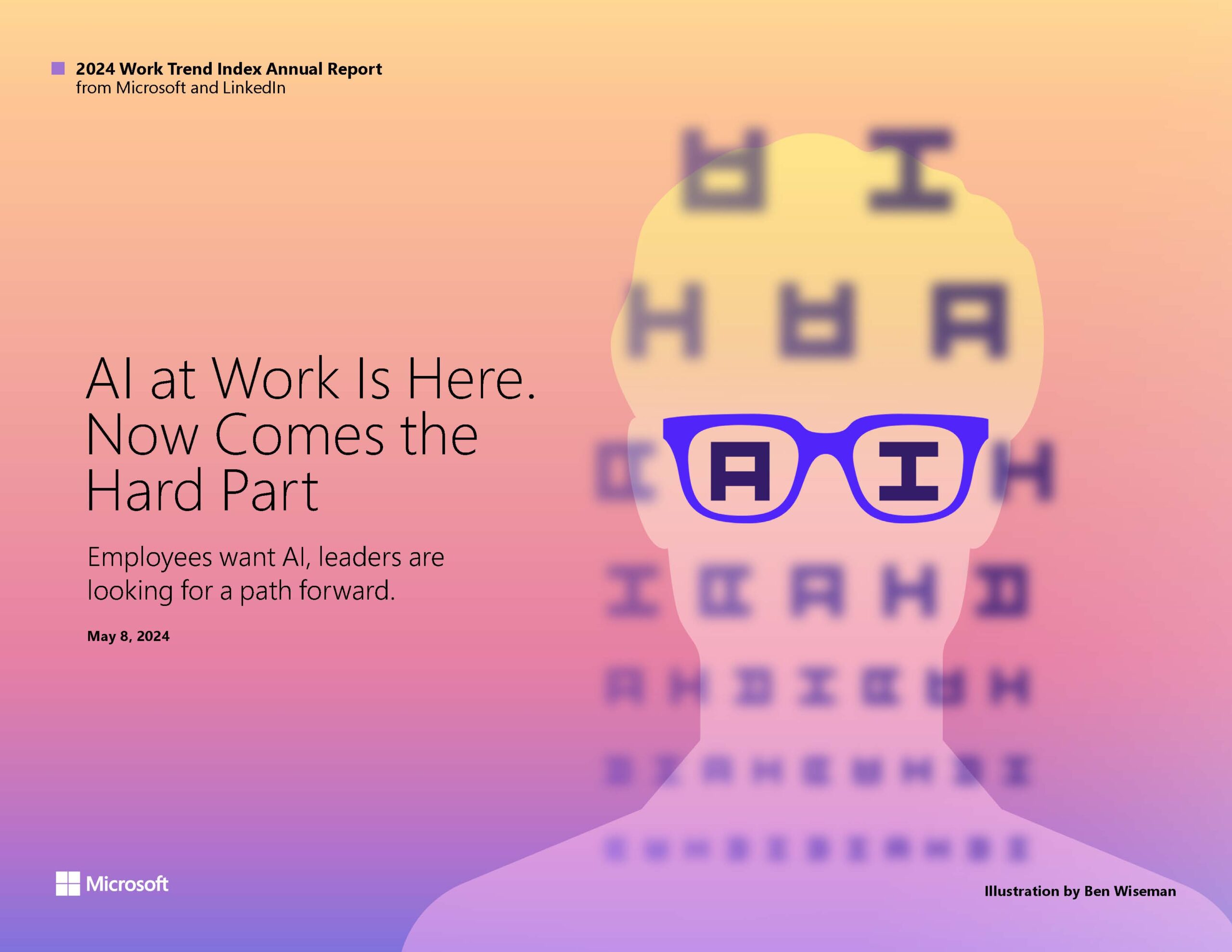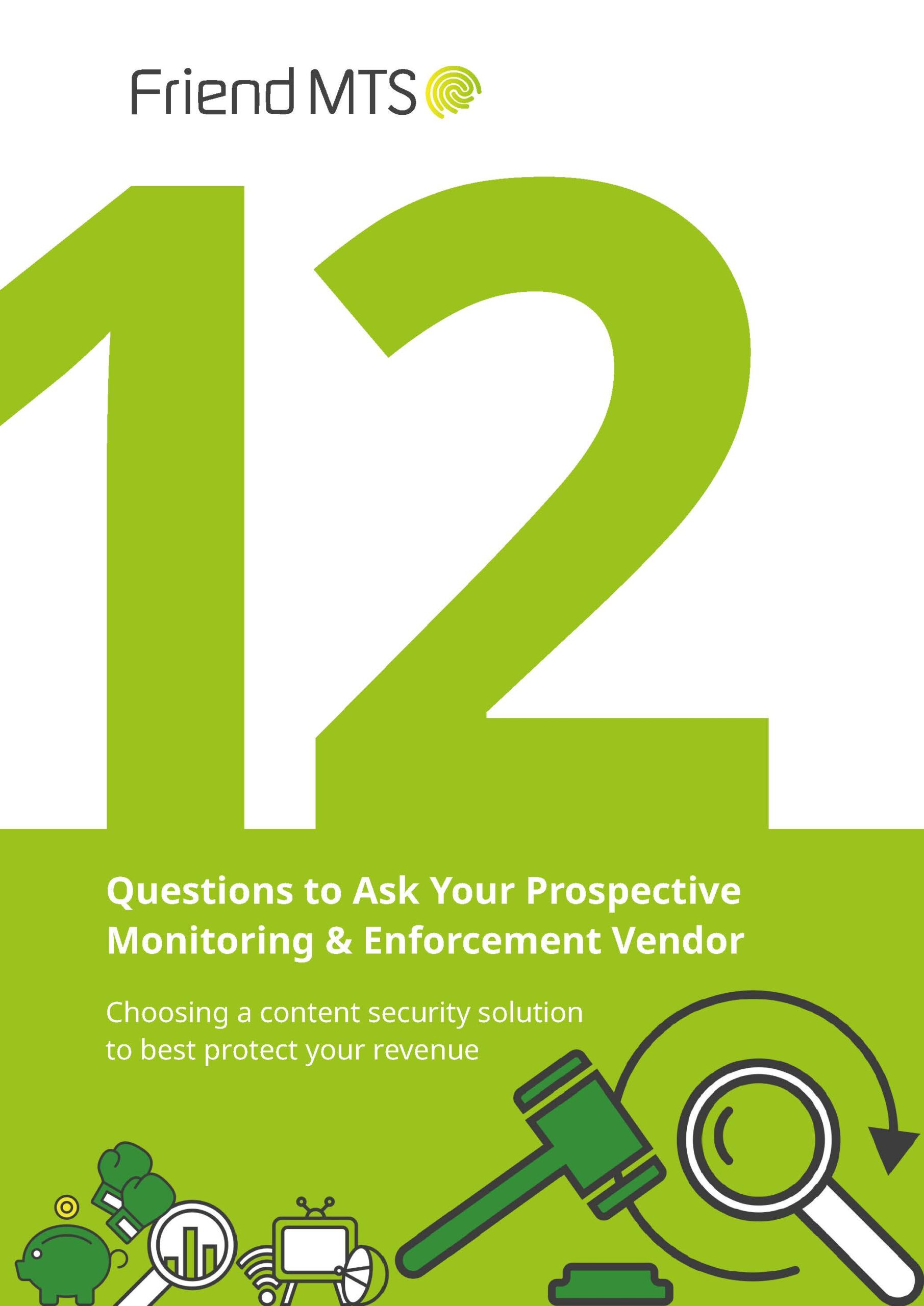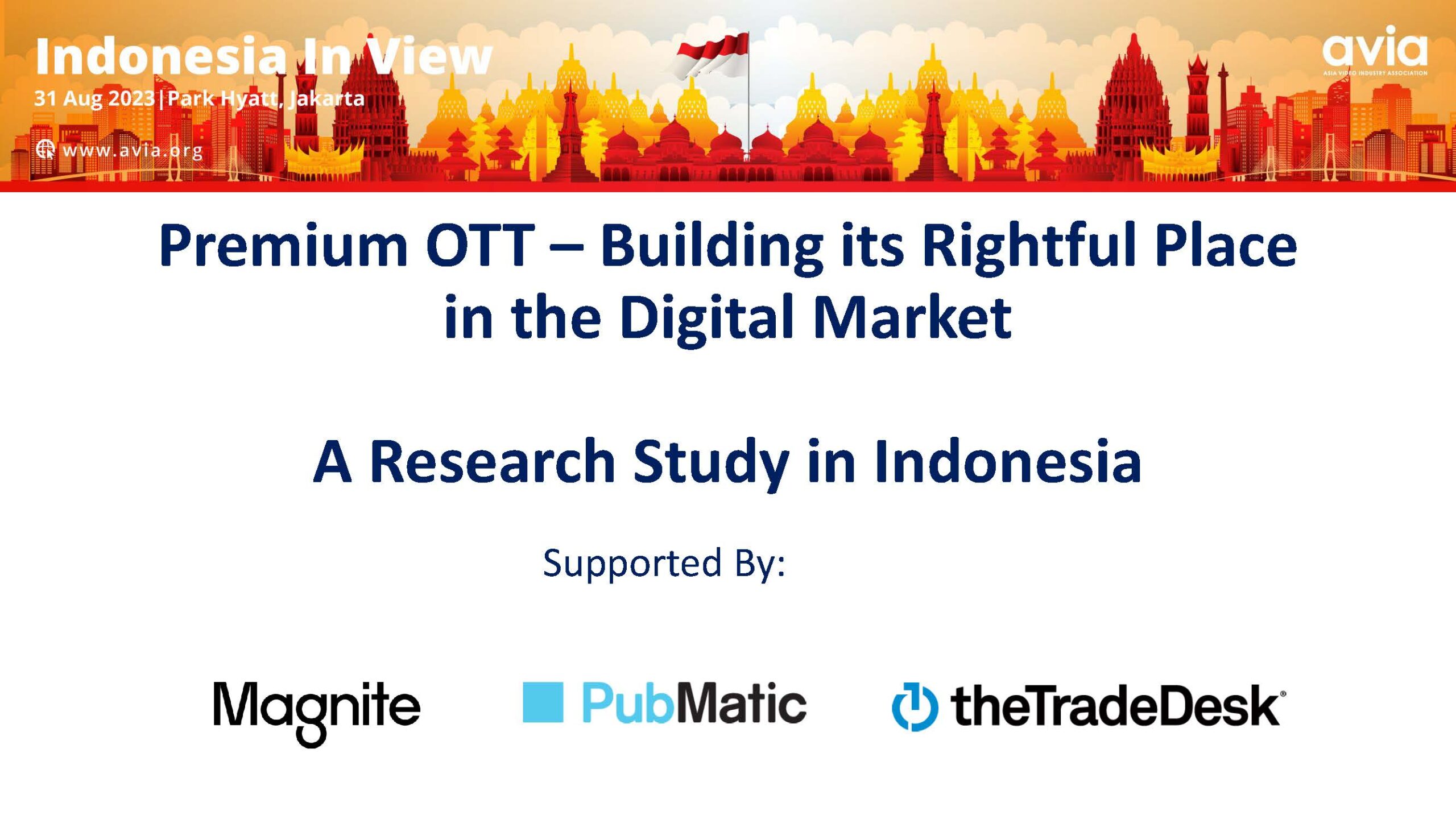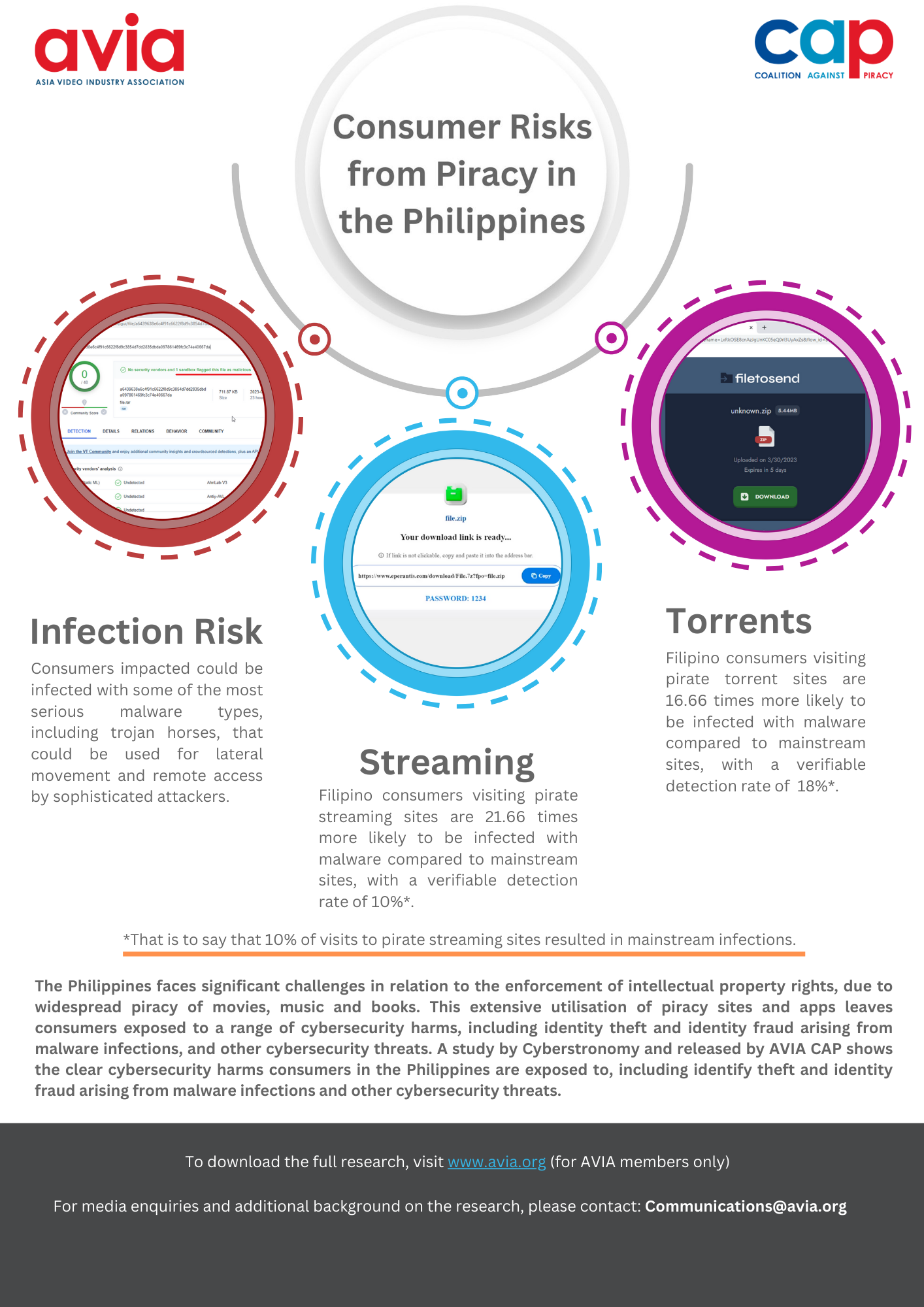Global IT Outages a Wake Up Call for Higher Levels of Resilience and Reliability
October 7, 2024 4:43 pmThe need for hyper connectedness and hyper personal experiences has grown exponentially in an increasingly digitized world. Our apps, our data, and our networks must become more dynamic, more intelligent, and as recent global outages have demonstrated – more secure and resilient.
Underlying the massive digital transformation taking hold in life and in business around us is the rush to cloud computing as the compute model of choice. The cloud is where today’s first movers and market leaders innovate, scale, deliver, and service their offerings. But our reliance on the cloud must evolve. Although huge, centralized cloud models have served businesses well in evolving into digital-first organizations, recent IT outages have also highlighted our overdependence on such systems.
The recent global technology outage that took place in July 2024 has shown that when infrastructure and services are concentrated within a single cloud provider, it can be incredibly challenging to restore business continuity. The stark reality for many banks, airlines, health providers, media firms, and other sectors, is that the recent IT break was painfully slow to fix.
To ensure business resilience, enterprises should consider using distributed cloud services. In distributed cloud infrastructure, a public cloud provider’s entire technology stack is distributed to different locations, wherever a customer needs it. This proximity adds new capabilities, innovation,
and crucially resilience, as businesses accelerate digital transformation to new levels. Distributed systems are also inherently more fault-tolerant and offer greater redundancy – if cloud services in one location go offline, organizations can continue to access cloud services from other distributed locations.
According to a recent Akamai cloud study, 33% of IT decision-markets cited reliability and security as the primary reasons for their increased use of distributed cloud. Businesses which saw increased security as a benefit of switching to distributed cloud felt that it provided better visibility
into security issues locally (71%), provided more granular control over data and access to resources (66%), and provided redundancy and failover capabilities across multiple locations (58%).
As digital progression, complexity, and demands continue to evolve, a one-cloud-fits-all solution no longer applies in today’s context. Through 2027, 50% of critical enterprise applications will reside outside of centralized public cloud locations, according to Gartner, Inc.* Ultimately, distributed cloud offers a clear path forward as it provides a more adaptive, diverse, and distributed infrastructure that paves the way for better performance, security, reliability, and innovation – particularly during times of IT crisis.
*Gartner® Press Release, Gartner Says 50% of Critical Enterprise Applications Will Reside Outside of Centralized Public Cloud Locations Through 2027, October 30, 2023 GARTNER is a registered trademark and service mark of Gartner, Inc. and/or its affiliates in the U.S. and internationally and is used herein with permission. All rights reserved.
Categorised in: Industry News, Member News
This post was written by Akamai




























